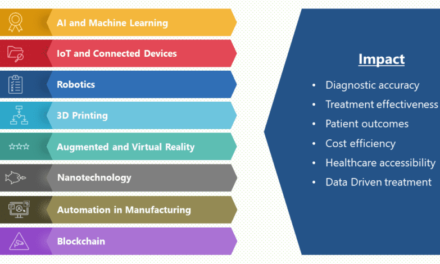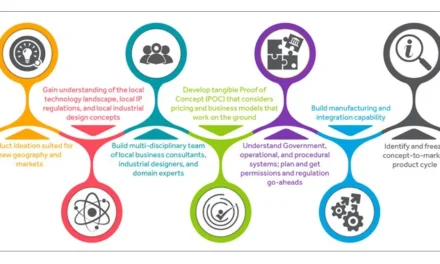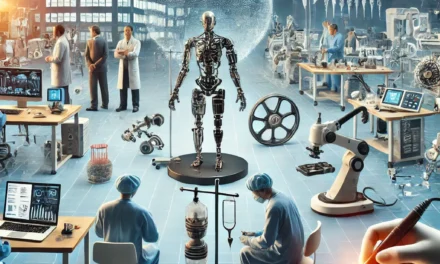
How do Indian medical device manufacturers distribute their products domestically?

Indian medical device manufacturers use a combination of traditional and modern distribution channels to ensure their products reach hospitals, clinics, and individual customers across the country. Given the vast and diverse nature of the Indian market, distribution strategies are tailored to meet the unique challenges of urban, semi-urban, and rural areas.
1. Multi-Tier Distribution Model:
- Manufacturers to Distributors:
- Manufacturers supply products to regional distributors or super-stockists.
- Distributors to Dealers/Retailers:
- Distributors sell to local dealers, who supply to hospitals, clinics, and pharmacies.
- End Users:
- Dealers and retailers directly serve end-users, including healthcare institutions, doctors, and patients.
2. Direct Sales to Healthcare Institutions:
- Hospitals and Clinics:
- Large manufacturers maintain direct sales teams to serve corporate hospitals, multi-specialty clinics, and government healthcare facilities.
- Contracts or tenders may be negotiated directly, especially for high-value devices like imaging systems or surgical robots.
- Government Procurement:
- Devices are supplied through government tenders for public healthcare facilities under schemes like Ayushman Bharat or state healthcare initiatives.
3. E-Commerce and Online Platforms:
- Direct-to-Customer (D2C) Platforms:
- Many manufacturers now sell consumables (e.g., syringes, diagnostic kits) and homecare devices (e.g., blood pressure monitors) via online platforms.
- Example: Companies use platforms like Amazon, Flipkart, or dedicated healthcare portals such as 1mg, PharmEasy, and Medikabazaar.
- B2B E-Commerce:
- Platforms like Medikabazaar and IndustryBuying connect manufacturers with hospitals, clinics, and pharmacies, streamlining bulk purchases.
4. Partnerships with Third-Party Logistics (3PL) Providers:
- Outsourced Logistics:
- Manufacturers partner with 3PL providers for warehousing, inventory management, and last-mile delivery.
- Cold Chain Logistics:
- For temperature-sensitive devices (e.g., diagnostic reagents, implants), specialized logistics services ensure compliance with storage requirements.
5. Regional Distribution Hubs:
- Zonal Warehouses:
- Manufacturers establish regional warehouses to reduce lead times and improve delivery efficiency in various parts of India.
- Localized Stockists:
- Stockists in semi-urban and rural areas help bridge the gap in underserved regions.
6. Medical Representatives and Field Teams:
- Sales and Marketing Teams:
- Medical representatives visit hospitals, clinics, and doctors to promote products and generate demand.
- Field teams also assist with after-sales support for high-tech devices like imaging systems and surgical equipment.
7. Collaboration with Hospitals and Clinics:
- Turnkey Solutions:
- Some manufacturers offer comprehensive solutions, including device supply, installation, and maintenance, particularly for large-scale healthcare facilities.
- Revenue Sharing Models:
- High-cost devices like robotic surgery systems may be supplied under leasing or revenue-sharing agreements.
8. Rural Distribution Networks:
- Rural Stockists:
- Manufacturers collaborate with rural distributors to ensure availability of essential medical devices in Tier 2, Tier 3 cities, and villages.
- Government Programs:
- Devices for public health programs (e.g., immunization kits, diagnostic tools) are distributed through government health centers and NGOs.
9. Group Purchasing Organizations (GPOs):
- Bulk Procurement:
- Hospitals and clinics often join GPOs to negotiate bulk discounts with manufacturers.
- Cost Efficiency:
- GPOs streamline purchasing processes and reduce costs for healthcare providers.
10. Healthcare Startups and Aggregators:
- Online Marketplaces:
- Startups like HealthKart and Practo act as intermediaries, offering products directly to consumers and healthcare providers.
- Home Healthcare Providers:
- Companies partner with home healthcare providers (e.g., Portea, Nightingales) to distribute devices like oxygen concentrators and CPAP machines.
11. Exhibitions and Trade Fairs:
- Medical Conferences:
- Manufacturers showcase their products at events like Medical Fair India and India Med Expo, creating distribution opportunities.
- Networking:
- These platforms connect manufacturers with potential distributors and institutional buyers.
12. Direct Partnerships with Pharmacy Chains:
- Retail Pharmacy Networks:
- Large pharmacy chains like Apollo Pharmacy, MedPlus, and Netmeds stock consumables and diagnostic devices.
- Franchise Models:
- Collaborations with pharmacy franchises ensure widespread reach.
Challenges in Distribution:
- Geographical Diversity:
- Reaching remote and rural areas remains a logistical challenge.
- Regulatory Compliance:
- Ensuring adherence to state and central regulations for medical devices can complicate distribution.
- Fragmented Market:
- India’s market is highly fragmented, requiring region-specific strategies.
Government Support for Distribution:
- Medical Device Parks:
- Streamline distribution by clustering manufacturers and logistics providers.
- Healthcare Initiatives:
- Programs like Ayushman Bharat create demand for devices in government facilities, simplifying distribution through tenders.
Indian medical device manufacturers use a combination of traditional distribution networks, modern e-commerce platforms, and direct partnerships to cater to the country’s diverse healthcare needs. Strategic collaboration with distributors, logistics providers, and healthcare institutions ensures timely delivery and availability, even in remote areas. Continued investment in technology and infrastructure will further optimize domestic distribution.




























